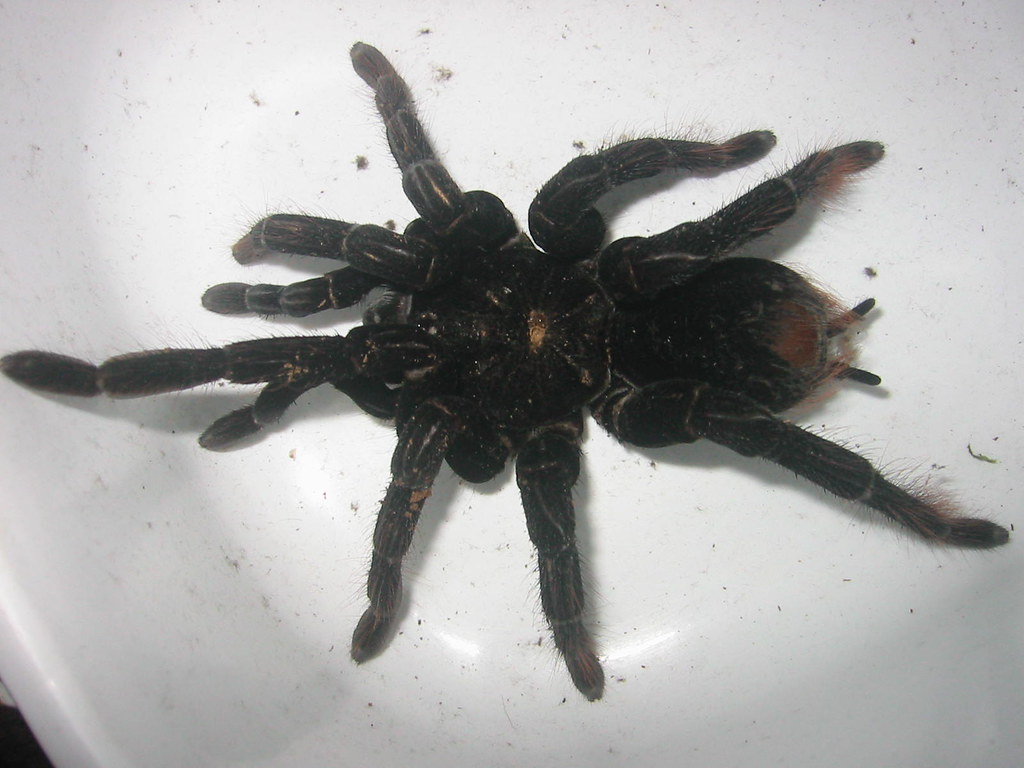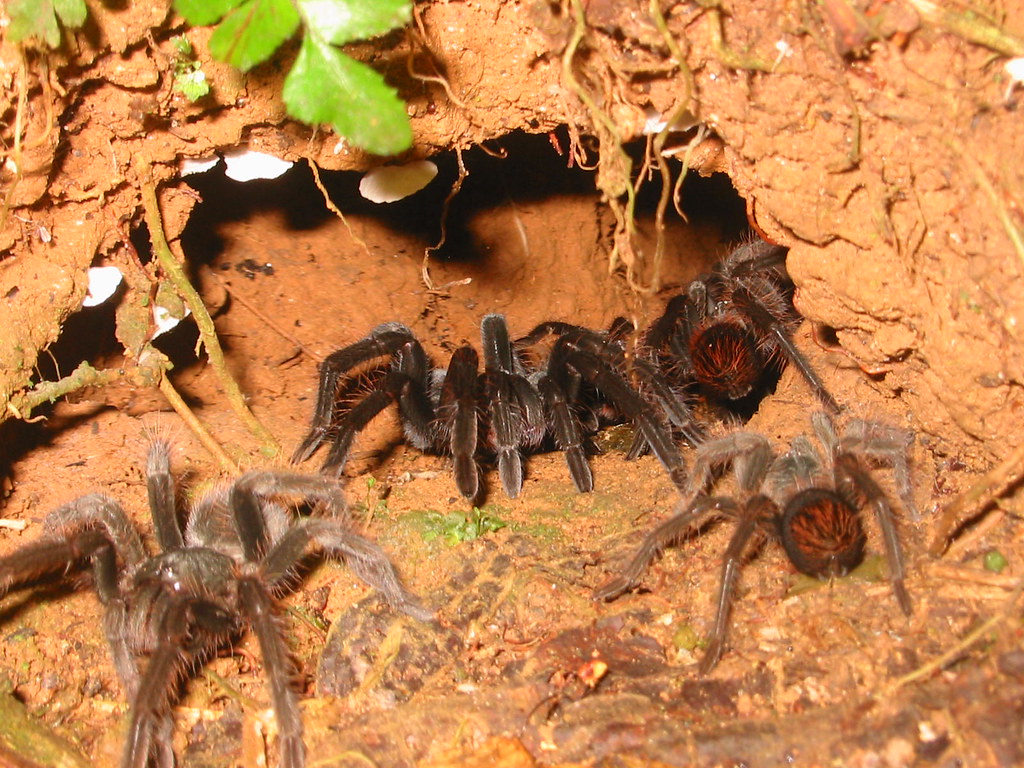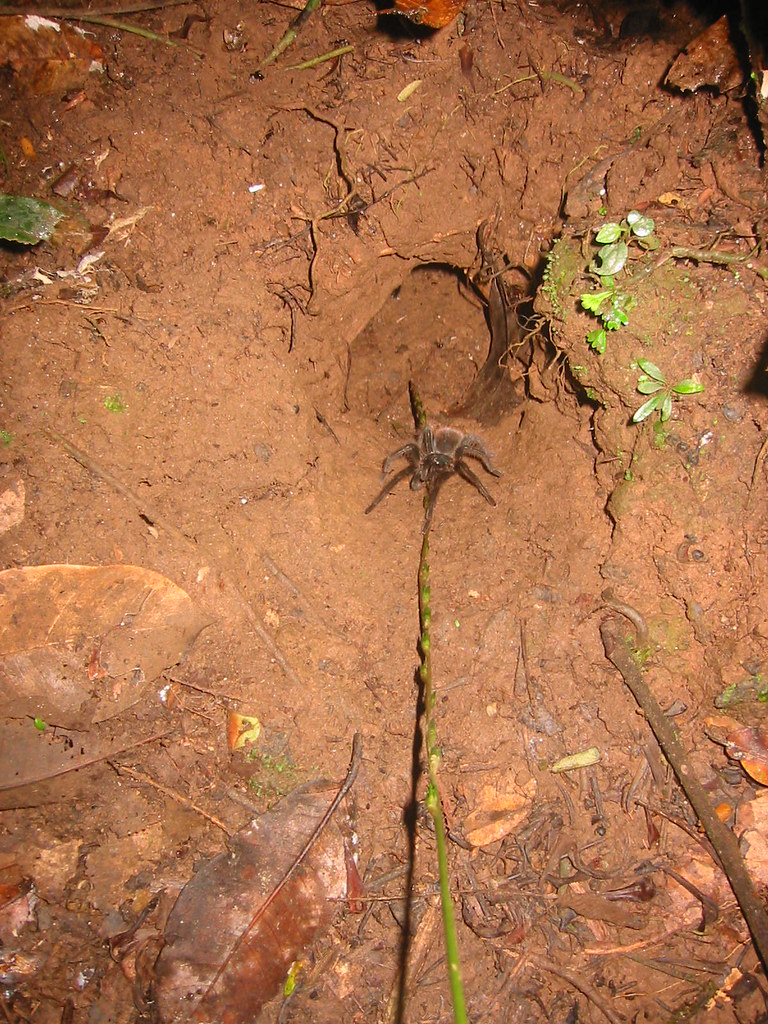Plan to send you a nice reply but first a couple of quick questions:
What colour are the spiderlings? that is what group do they come from, the plain ones or the Xmas tree ones. By spiderlings I mean after they have moulted from Larvae?
Do these spiders swim?
When were you in Peru?
Ray
What colour are the spiderlings? that is what group do they come from, the plain ones or the Xmas tree ones. By spiderlings I mean after they have moulted from Larvae?
Do these spiders swim?
When were you in Peru?
Ray









4.5in_SA1.jpeg)
Comment